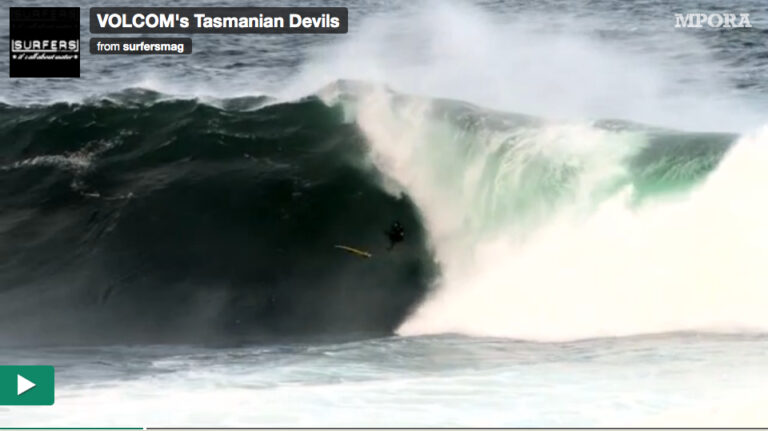Byron Bay, and its surrounding pointbreaks, passes and beaches have played a pivotal part in Australian surfing. The combination of warm water, perfect climate, consistent swells and groomed sandbanks means Byron and Australian surfing will be forever linked, a fundamental DNA strain in the Aussie surfing chromosome.
The once sleepy fishing and whaling town was transformed by surfers back in the 1960s when a rag tag bunch of hippies, draft dodgers and city fleers went looking and found an alternative way of life. Byron Bay provided the waves, the pot and freedom for a creative space that would change surfing forever.
It was Bob McTavish, Gary Keyes and Chris Brock who first moved to Byron in the winter of ’68, and whose tales of organic vegetables and epic waves encouraged the likes of George Greenough and Nat Young to follow. All shapers and supremely talented surfers, their experimentation led to their surfboards going from almost eight foot to sub six foot in just 12 months. Now known as the shortboard revolution it represented a whole new way of surfing and a form of radical expression and surfing aggression that was the blueprint for modern surfing.
It’s the place where such luminaries as Danny Wills, Brendan Margieson and Kieren Perrow, to name just a few, cut their teeth. It’s also the scene for some of Byron’s hottest young surfers represented now by Adam Melling and in the future by groms like Kyuss King, seen here below surfing the waves of his home town.
Now obviously, some things have changed and some haven’t since the original shortboard revolution. While TV moguls and Swedish backpackers, the waves, the source of it all have replaced the hippies and draft dodgers, remain the same. Cape Byron is the easterly most point of all of Australia, meaning it captures all available swell, including the north and cyclone lines that wrap in from the Coral Sea and the south swells that march up from the Tasman Sea.
On the north side of the Cape, right in town, south winds blow offshore, with Byron’s most famous wave The Pass, providing a 500 metre grinding righthander, dotted with every type of surfer and surf craft know to man. Just up from the Pass. The Wreck pops up shifting peaks and tubes off the remains of a sunken ship.
On the southern side of the Cape, Tallows Beach faces due south, stretching from Cosy Corner (directly under the lighthouse) through Dolphins and down to Broken Head. This stretch captures all available swell and turns the predominant summer nor-easterly winds into straight offshore.
Moving south, only 10 miles gets you to the small town of Lennox Head and its famous pointbreak. Often included as one of the world’s great waves, Lennox can produce rights 500 metres long that spit and spin down a sandy boulder lined point. Breaking at three foot and handling 15, one wave out here can change your life. Be warned though the only thing more scary than negotiating the 10 metres of green slime covered black boulders on the way out, is trying to do it on the way in. The next point round, imaginatively called Boulders, offers waves of about quarter the length of Lennox, but also far less crowds.
That just leaves Ballina, another coastal Aussie town that provides a mix of world-class beachbreaks on either side of its rivermouth breakwall, plus a few slabby reefs for those in the know.
And all this in a stretch of coast less than 50 kilometres long! Choose between empty beachbreaks just dolphins for company, or world-class pointbreaks being shredded by legends, past and present. In the middle of winter, if it gets particularly chilly, you may need to break out a 3/2 steamer, in summer boardshorts are mandatory, both in the water, and in the pubs, bars and clubs that provide cold beers and a mix of locals, blow-ins and tourists having the times of their lives.
Quite simply no other surfing destination can offer what the Byron Ballina stretch does. The shortboard revolution was 40 years ago, but in Byron the good times just keep rolling on.


